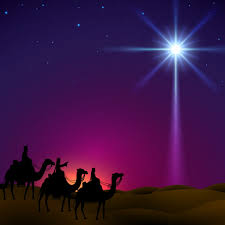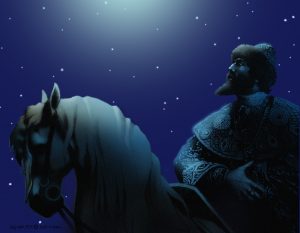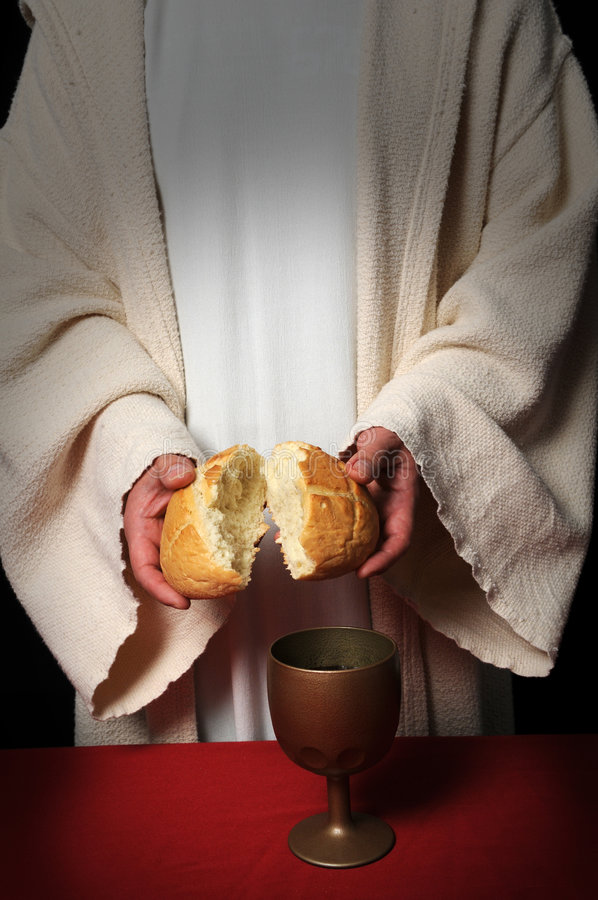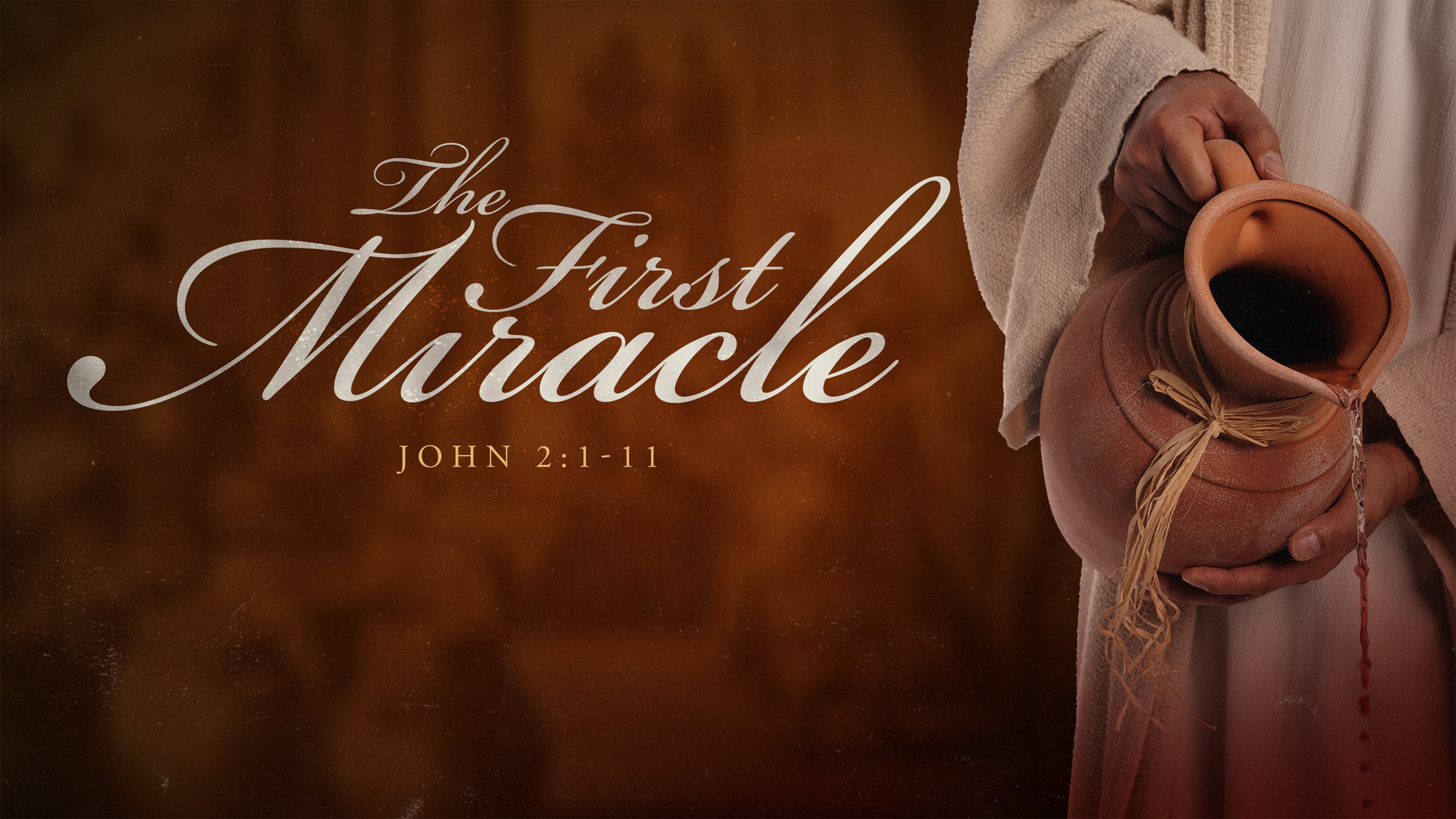It is recorded that Niels Bohr, a brilliant physicist told the no less brilliant Einstein : « Einstein, stop telling God what to do. »
It seems that we, human beings, often give in to the temptation of doing exactly that: telling God what to do!
We see the apostles doing this in today’s gospel (Luke 9:11-17).
 They tell Jesus:
They tell Jesus:
« Send the people away and they can go to the villages to find lodging and food.”
Had Jesus listened to the apostles, there would have been no multiplication of the loaves!
No anticipation of something more…
No sign of what was to come…
What we celebrate on today’s feast: Jesus giving us his own body and blood as food –
food permanently offered and always available to us…
It could be an interesting exercise – and quite a revelation –
To look at all those times when, in our life experiences – we told God what to do
and… he did not follow our suggestion or insistent request!
What did we not gain from his refusal to accept our advice!
Much to be thankful for… to this day!
Note: Another reflection is available on a different theme in French at: https://image-i-nations.com/fete-du-corps-et-du-sang-du-christ-annee-c-2022/
 But no matter how meaningful these signs may appear, they are weak and poor in comparison to THE SIGN not yet mentioned.
But no matter how meaningful these signs may appear, they are weak and poor in comparison to THE SIGN not yet mentioned.

 “We saw his star when it rose and have come to worship him.”
“We saw his star when it rose and have come to worship him.”

 I can imagine Mary noticing what was happening – a serious shortage of wine for the feast – and making a ‘sign’ to her son, Jesus. Then, THE ‘sign’ followed – that of Jesus, his miracle, changing the water into wine. This part is the one that remains imprinted in our memories, but the previous section is as important: the noticing and the feeling concerned, concerned enough to do something about the situation of need.
I can imagine Mary noticing what was happening – a serious shortage of wine for the feast – and making a ‘sign’ to her son, Jesus. Then, THE ‘sign’ followed – that of Jesus, his miracle, changing the water into wine. This part is the one that remains imprinted in our memories, but the previous section is as important: the noticing and the feeling concerned, concerned enough to do something about the situation of need.